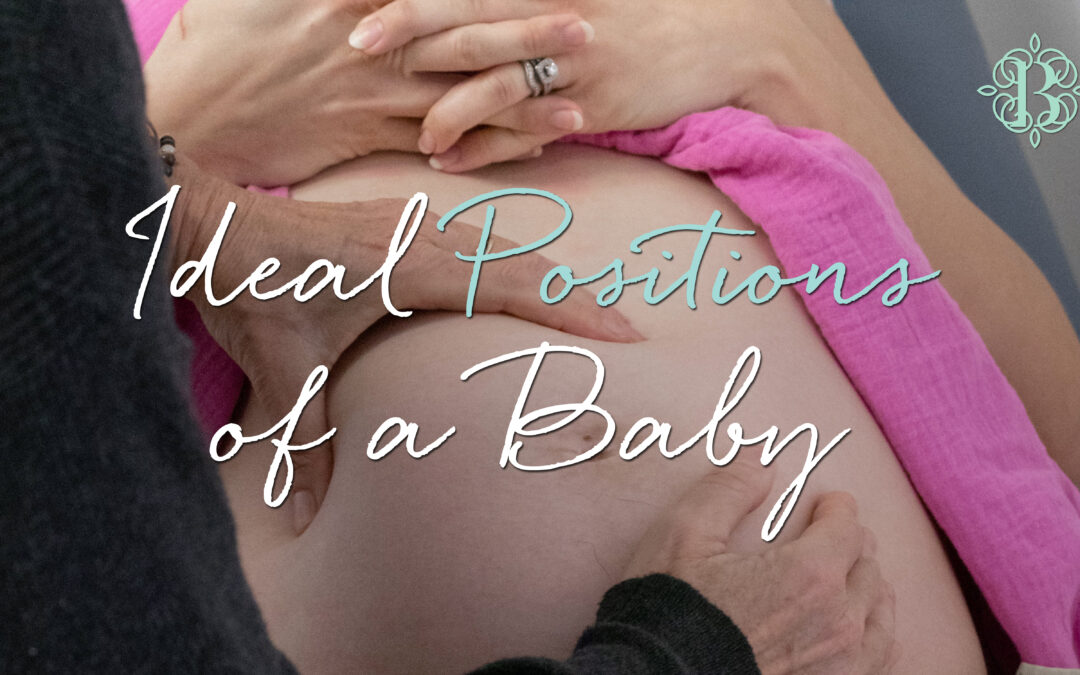Ideal Positions of a Baby
During your prenatal visits, you may have heard your healthcare provider comment on the baby’s position inside the womb.
It might make one wonder, what’s the big deal about positions, and why does it matter so much as you near your due date?
The short answer is that during a natural birth, the safest position for the baby to descend the birth canal is with the head down, facing the back. Other positions can present different challenges to deliver the baby naturally or require monitoring.
Is there an ideal position for a baby inside the uterus?
The ideal position of a baby inside the uterus is known as the “vertex” or “cephalic” presentation. It means the baby’s head is positioned downward and is closest to the birth canal.
Most babies naturally assume this position by the third trimester of pregnancy. It is considered to be the most favorable lie for a vaginal delivery.
As mentioned above, the vertex or cephalic presentation offers several advantages during childbirth. With the head descending first, the rest of the baby’s body follows through the birth canal. This position also aligns the baby’s head with the mother’s pelvis, facilitating the descent without obstructions.
How do you determine a baby’s position?
Determining a baby’s position before birth is typically done through physical examination tests and ultrasound. Here are a few methods we commonly use at the birth center:
- Palpation: your midwife manually examines your abdomen to feel for specific fetal body parts. By gently pressing and feeling the abdomen on either side, they may be able to identify the baby’s head, back, and limbs.
- Ultrasound: An ultrasound scan provides the most detailed and accurate assessment of the baby’s position. During an ultrasound, sound waves create images of the baby in the womb, allowing healthcare providers to visualize the position and orientation of the baby.
It’s important to note that determining the baby’s position can be more challenging during the earlier stages of pregnancy. That’s because the baby has more space to move and change positions.
As the pregnancy progresses and the baby grows, their movements become more restricted, making it easier to determine their position.
When does a baby settle into the birth position?
Usually, a baby settles into the birth position, also known as the vertex position, during the third trimester of pregnancy.
While there can be some variation among first-time mothers and mothers that have had babies before, it is common for babies to assume the said position between the 32nd and 36th weeks of pregnancy. However, some babies may settle into the birth position earlier or later.
It’s important to note that some babies may not settle into the head-down position until later in pregnancy, and a small percentage may remain in a breech (buttocks or feet first presentation) or transverse (sideways) position.
That said, every baby and situation is unique. What’s ideal for one baby may not be ideal for another. We take each case individually and provide tailored support for the mother to safely deliver the baby.
We update you regarding the baby’s position and progress throughout your prenatal appointments and keep you informed regarding options you can take in case your baby does not assume the vertex position by term.

